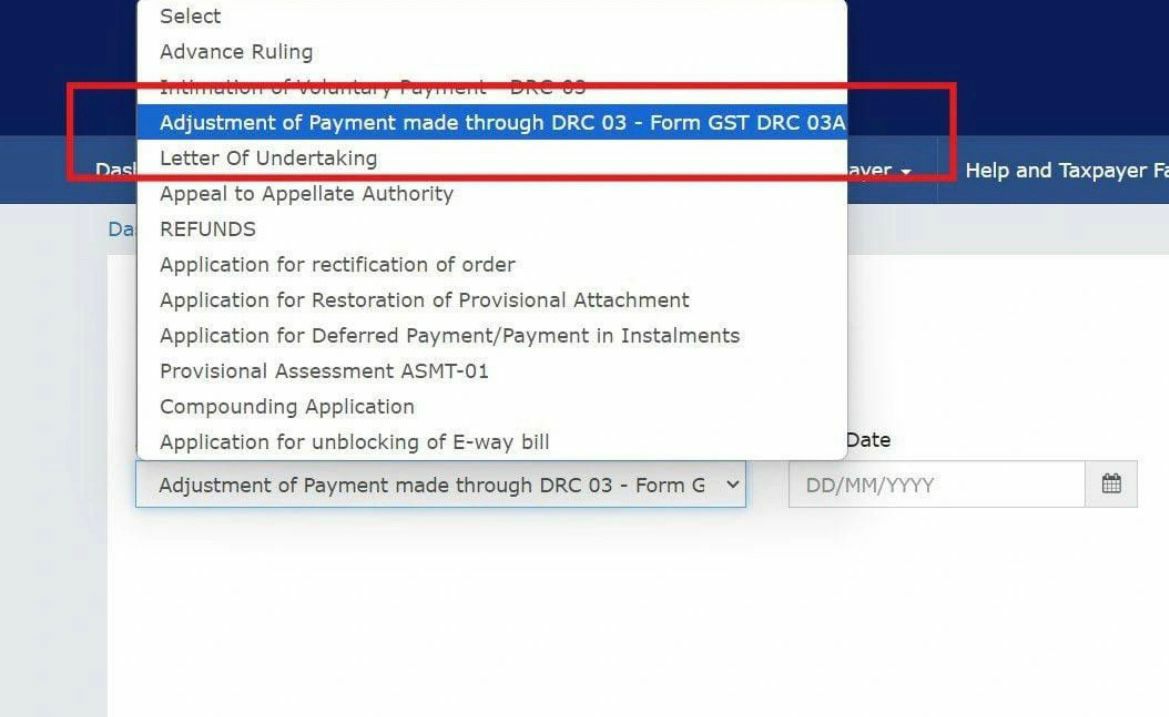Things may be looking up for central government employees’ pensions. The central government plans to enhance benefits under the National Pension System (NPS), according to news reports. The proposed changes would provide an assured pension of up to 50 per cent of the last basic pay, moving away from the current market-based returns system. Some 8.7 million central and state government employees enrolled in the NPS since 2004 could benefit.
Pension scheme committee’s role
The government, in March 2023, set up a committee led by Finance Secretary T V Somanathan to find ways to improve NPS benefits without reverting to the non-contributory and fiscally unsustainable Old Pension System (OPS). The committee was set up after several states abandoned the NPS in favour of the OPS.
According to media reports, the committee’s report, submitted in May, aligns closely with the Andhra Pradesh NPS model introduced in 2023.
What is the Andhra Pradesh NPS model?
“Under the Andhra Pradesh NPS model, the pension amounts to 50 per cent of the last drawn basic pay plus dearness allowance (DA) upon retirement,” said Experts
“The scheme integrates elements of the NPS and the traditional defined benefit pension scheme. Both employees and the state government contribute 10 per cent of the employee’s salary to the NPS. This model, under Section 3 of the Andhra Pradesh Guaranteed Pension System (APGPS) Act, 2023, mitigates the risk associated with market fluctuations, providing social security to government employees and ensuring a stable and predictable income post-retirement,”
Proposed NPS changes
The proposed scheme guarantees a pension of 40-50 per cent of the last pay, with adjustments based on years of service and any withdrawals from the pension corpus. Any shortfall in the pension corpus required to meet the guaranteed pension amount would be covered by the central government’s budget.
“Implementing the proposal to offer up to 50 per cent of the last basic pay as pension under the NPS would enhance retirement security and boost savings and investments among the elderly population. This would contribute to capital formation and economic growth,” said Experts
“India’s large young workforce makes the NPS a sustainable solution for ensuring adequate retirement income. The increased investment in infrastructure projects through NPS funds supports economic development, stabilises financial markets, and generates employment opportunities,” he said.
Kaur said: “This could provide retirees with a more substantial and predictable income stream. Individuals will be encouraged to save and invest more during their working years, contributing to greater capital accumulation and investment in the economy.”
The challenges
Experts said the government must consider several factors before acting on the panel’s recommendations.
“The government must assess the long-term fiscal impact, understand demographic trends, evaluate potential effects on economic growth and savings rates, and conduct a comparative analysis with pension schemes in other countries,”
“Ensuring social equity in the proposed changes is essential to prevent disproportionate benefits to specific groups.”
Kaur said, “The government might face increased fiscal pressure if it has to subsidise the pension under the scheme.”
However, she also noted that a robust pension system can improve social stability and provide a safety net for the population, indirectly supporting economic stability.
OPS vs NPS
Under the OPS, pre-2004 government employees are entitled to 50 per cent of their last salary as pension, provided they have at least 20 years of uninterrupted service. Employees with 10-20 years of service receive a pro-rata pension, adjusted for inflation twice a year.
In contrast, the current NPS requires that a minimum of 40 per cent of the accumulated contributions be invested in annuities to generate a monthly pension, which is not guaranteed and is subject to annuity returns. The remaining 60 per cent can be withdrawn tax-free. The proposed guaranteed pension option under NPS would modify these existing norms, providing more stability and predictability for future retirees.
Visit www.cagurujiclasses.com for practical courses











